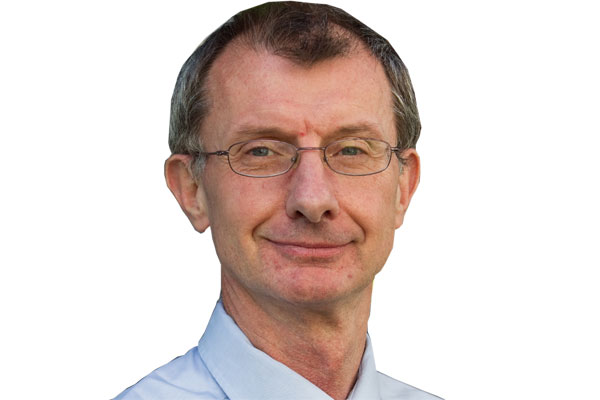Climate safety nets for all

Kevin Watkins
What you need to know:
- But real-time climate catastrophes already are playing out in the lives of millions of the world’s poorest and most vulnerable people. What will COP26 offer them?
As preparations for this year’s UN Climate Change Conference of the Parties (COP26) climate summit in Glasgow intensify, attention is focused on efforts to prevent a future catastrophe.
But real-time climate catastrophes already are playing out in the lives of millions of the world’s poorest and most vulnerable people. What will COP26 offer them?
Stick a pin in a map of global humanitarian emergencies, and you will most likely land on a crisis that has been caused or aggravated by droughts, floods, and storms. In 2019, extreme weather events pushed more than 34 million people into hunger and food insecurity.
Save the Children is responding to these emergencies. In the Horn of Africa, our nutrition programmes are treating the children of farming families devastated by successive droughts, floods, and the worst desert locust infestation in a generation.
COP26 is one of our last opportunities to lock in the measures needed to keep temperatures within the 1.5º-2º Celsius ceiling set in 2015 by the Paris climate agreement.
Rich countries are already investing heavily in adapting to climate-change threats. When disasters strike, their citizens can fall back on elaborate safety nets, well-financed health systems, and insurance policies covering loss and damage to assets.
Contrast that with the situation facing Africa’s farmers. When extreme weather events destroy crops, kill livestock, and drive up food prices, families cope by cutting meals and reducing spending on health and education.
Lacking insurance and savings, the poorest households are forced to sell off productive assets, including livestock, effectively closing their route to recovery. Livestock losses during Somalia’s 2016 drought cost the country’s farmers an estimated $2 billion – an extraordinary loss for some of the world’s poorest people.
The international community’s preferred first-line response to climate disaster is to provide humanitarian aid. That aid saves lives, but the current system invariably delivers too little, too late.
Last year, donours provided only half of the funding requested by the UN – a record gap. Much of the aid arrived long after the most vulnerable families had already been forced to cut food consumption, withdraw children from school, and sell assets.
There is a better way to support the world’s most vulnerable populations.
Well-designed safety nets succeed where humanitarian aid often fails, because they catch vulnerable people as soon as they start to fall, instead of waiting until they hit the ground; thus, they provide a springboard for recovery.
Early action is the key to rapid recovery. Every dollar invested in recovery during the first few weeks of a drought in the Horn of Africa can save poor farmers $50 (Shs180,000) in lost income and assets four months later.
Targeted safety-net programs could offer an efficient and equitable way to build resilience against climate change. Unfortunately, they are currently weakest where they are most urgently needed.
At COP26, world leaders should task the World Bank and the United Nations with developing a strategy to reach the 155 million people facing food-insecurity crises, and to prioritise children in safety-net design.
Increased finance will be crucial, especially given the post-pandemic fiscal constraints that many developing countries now face.
The G7 has already agreed in principle to authorise a new allocation of the International Monetary Fund’s reserve asset, special drawing rights (SDRs). Reallocating these funds to the poorest countries would go a long way toward creating the fiscal space to invest in safety nets.
So, too, would additional debt relief and the $25 billion in new funding proposed by the World Bank’s International Development Association.
As the host of COP26, the United Kingdom’s government should focus its climate-adaptation efforts on galvanising support for safety nets.
Kevin Watkins is CEO of Save the Children UK.
Copyright: Project Syndicate, 2021.
www.project-syndicate.org




